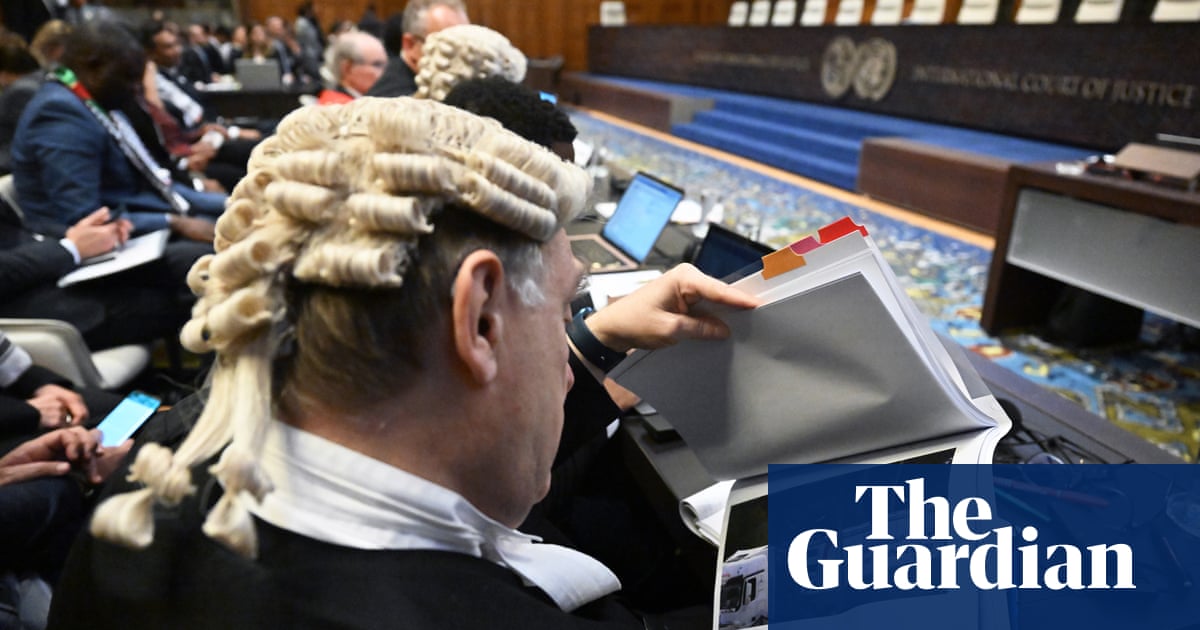
The way in which Britain is powered and heated could be dramatically reshaped by the government’s energy strategy, set to be published this week.
Against the backdrop of Russia’s brutality in Ukraine, the landmark policy proposals have been rendered all the more poignant.
On top of targeting net zero carbon emissions and wrestling with sky-high energy bills, the UK is also looking to reduce its exposure to Kremlin-controlled oil and gas supplies.
With the stakes so high, various industries and political factions are pushing their own special interests in the hope of steering the government – and billions of pounds of taxpayer-backed funding – in the “right” direction.
The cabinet is split, with the Treasury sceptical about the funding required for a huge expansion of the UK’s nuclear fleet and divisions also emerging about whether to roll out more onshore wind turbines.
So what might be in store when the long-awaited strategy is finally published?
Are we going nuclear?
Yes. Boris Johnson and Kwasi Kwarteng, the business, energy and industrial strategy (BEIS) minister, have said they intend to reverse the industry’s long-term decline. Nuclear capacity reached nearly 13GW in the late 1990s – about 25% of electricity demand – but will fall to just 3.6GW by 2024 as reactors are retired.
Johnson wants to return to that 25% watermark. National Grid estimates UK peak electricity demand in 2050 will be around 85GW, up from 60GW now, because of factors such as the electrification of vehicles and home heating.
That implies required nuclear capacity of about 21 GW, equivalent to between six and seven nuclear power plants.
The first step is the 3.2GW Hinkley Point C, due for completion in 2027 unless it is delayed yet again. The life of Sizewell B is likely to be extended until 2050, adding another 1.2GW back into the mix.
Sizewell C and Wylfa, on Anglesey – both of which have already been through the early stages of planning – are obvious next steps, adding nearly 6GW. Small nuclear reactors (SMRs), known as mini-nukes, are being developed by both Rolls-Royce and GE Hitachi, in theory adding about another 5GW by 2035.
To reach the government’s target, another two or even three sizeable plants could be needed. In 2011, the government identified a further five options. Oldbury in Gloucestershire, Moorside (Sellafield) in Cumbria, Bradwell in Essex, Heysham in Lancashire and Hartlepool, County Durham.
The government has already given the green light to a “regulated asset base” funding model via the nuclear financing bill, transferring some of the multi-billion pound risk of major projects to the taxpayer. Now the Treasury needs to give its blessing.
Nuclear projects take a long time though. If we want energy security in short order, something swifter is required.
Wind and solar are quick, aren’t they?
Relatively speaking, yes. Offshore wind projects take about four years to build and onshore is even quicker, as well as being cheaper and cleaner. The good news is that offshore wind already has full government backing to increase from 11GW to 40GW. Ministers could go further this week and take the target to 50GW.
Onshore wind expansion has potential but is complicated by politics. Capacity is approaching 15GW now and the wind industry wants the government’s blessing to get to 30GW.
The big question is how much of that would be in England, amid a cabinet split.
Scotland’s high wind speeds and remote locations already make it more attractive. It has 8.6GW of onshore wind and could get to 26GW if proposed projects get the green light. England has just 2.9GW and only a further 0.2GW in the pipeline.
That’s due to a 2015 moratorium, introduced when Ukip were an electoral threat and had set their face against windfarms. A block on subsidies was lifted in 2020 but ramping up English onshore wind projects would also require reform of planning laws that were introduced at the time, amounting to a de facto ban.
That’s where the politics come in. The transport secretary, Grant Shapps, called windfarms an “eyesore” at the weekend and is among a group of MPs hoping to thwart a major rollout in England, with Kwarteng and Michael Gove pushing back.
Solar is also in line for significant expansion with Kwarteng keen on a ramp-up from 14GW to as much as 50GW. That, too, could be met with opposition. A proposed new £600m solar farm in eastern England – covering an area eight times bigger than Hyde Park in central London – has been labelled a potential “blight” on the countryside.
Are they going to back fracking?
Not straight away but it is no longer ruled out. In 2019 the government imposed a moratorium on fracking, which pumps water, chemicals and sand underground at high pressure to fracture shale rock and release trapped oil and gas. Kwarteng is said to be dead against it, with Boris Johnson only marginally less determined, depending on political expediency.
But, amid a growing clamour among climate-sceptic Tory MPs, the government has re-opened the debate. Kwarteng has commissioned a study from the British Geological Survey into any new fracking techniques suitable for use in the UK, which will consider the impact of tremors, saying on Tuesday: “In light of Putin’s criminal invasion of Ukraine, it is absolutely right that we explore all possible domestic energy sources”.
And the fracking firm Cuadrilla was recently given another year before it has to cement over its fracking wells in Lancashire. Watch this space.
But it’s all systems go for North Sea oil and gas?
More or less. Jacob Rees-Mogg said this week that the government wants “every last drop” of North Sea oil. There almost certainly will not be a windfall tax on oil explorers, after Kwarteng said that such a plan, proposed by Labour to pay for discounts on home energy bills “would destroy investment and would add to the uncertainty in oil markets”.
The likelihood is that they will be encouraged to keep drilling and maximise production. Shell certainly seems to think so. It had abandoned plans to develop the Cambo oilfield in the North Sea before reversing the decision amid high oil prices. Days later it was granted a two-year extension to the field’s licence.
Why is nobody talking about insulation and energy efficiency?
Good question. The important flip side of increasing energy output is to reduce energy demand.
In his spring statement, the chancellor announced that homeowners installing energy efficiency materials such as solar panels, heat pumps or insulation would not pay VAT, but he was accused of merely “scratching the surface”.
Few people can afford to spend thousands of pounds retro-fitting their homes even without the tax.
The Green Homes Grant closed last year, so the government could announce a home energy efficiency scheme to replace it.
The Energy and Climate Intelligent Unit (ECIU) thinktank backs more ambitious targets for insulation and replacing gas boilers with electric heat pumps.
The annual gas savings from insulation upgrades would reach 18 terawatt hours (TWh) by 2027 for 5m homes, they said, matching the output of proposed new gas fields. The ECIU reckons 1.5m heat pumps could be installed before 2027, giving gas savings of 17TWh a year.
This article was amended on 6 April 2022 to refer to the British Geological Survey rather than the “British Geographical Survey”.












